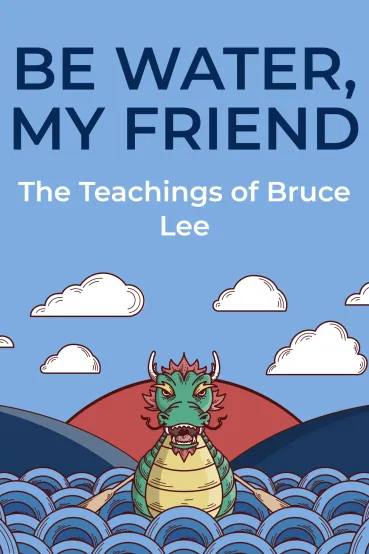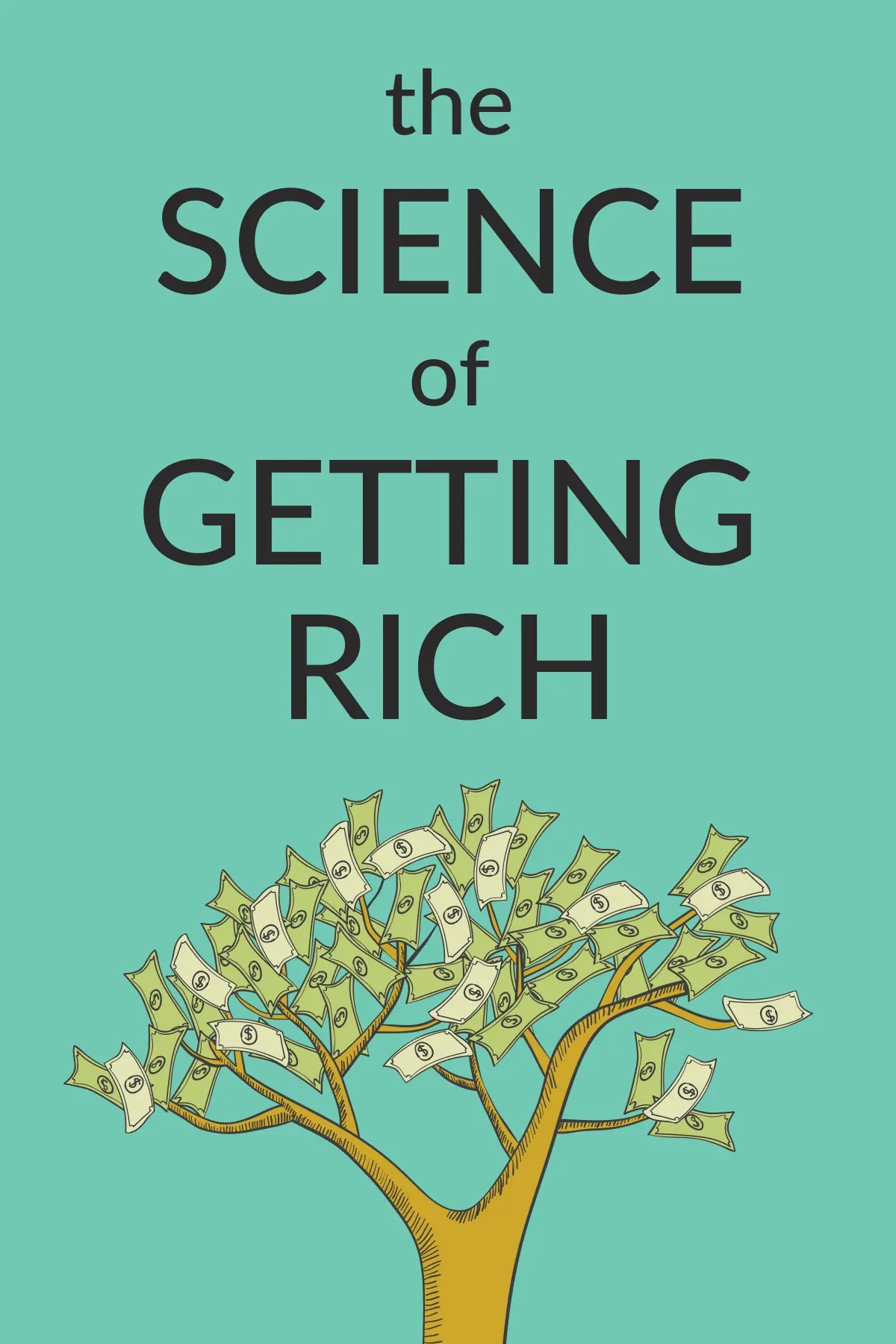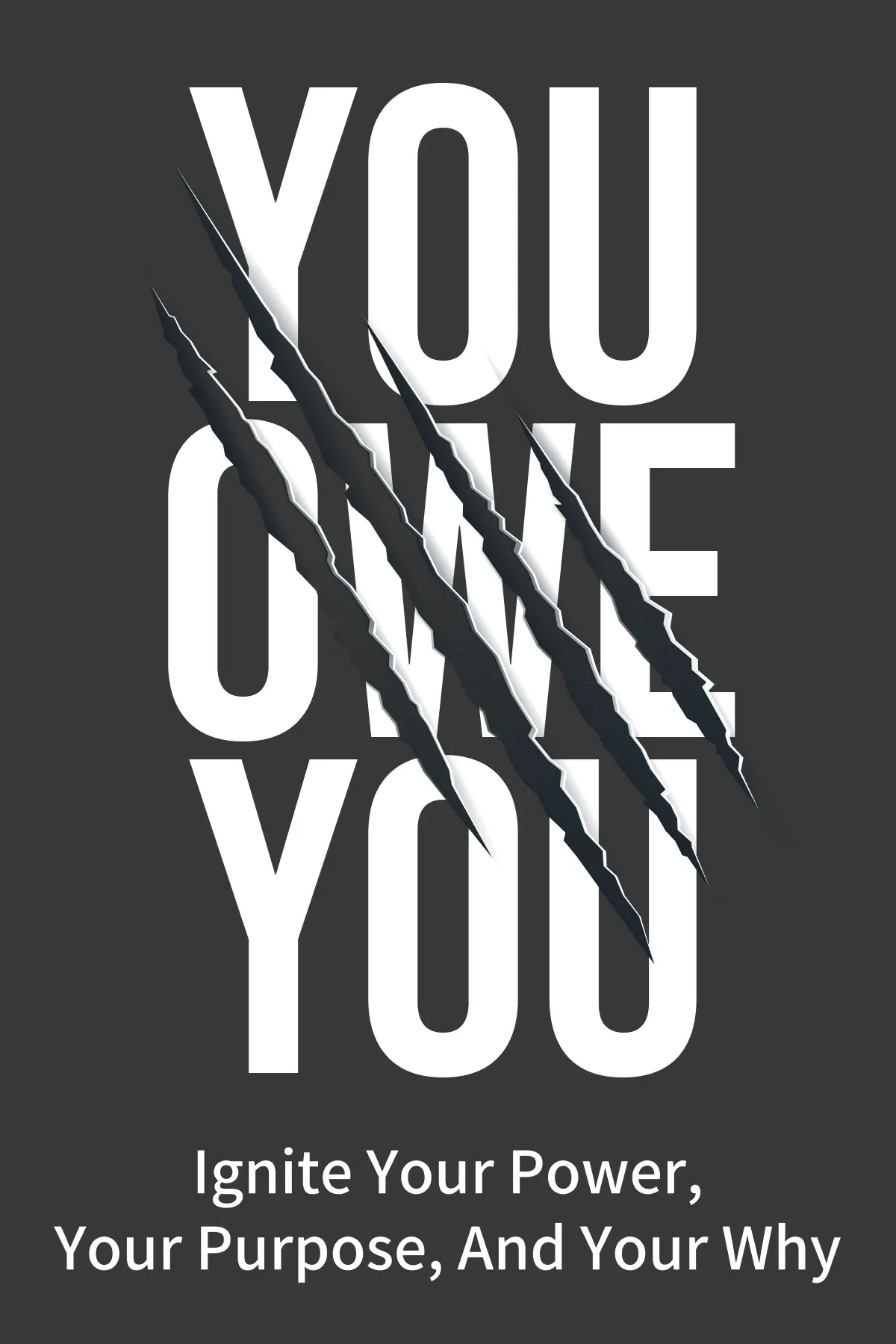
Be Water, My Friend
Brief Summary
Actor and martial arts teacher Bruce Lee is remembered by many as an incredible man with a powerful philosophy. He believed that people should study the principles of kung fu to learn adaptability and resilience, regardless of their field of endeavor. You can read about how to develop these skills in his daughter Shannon Lee’s book “Be Water, My Friend.”
Key points
Key idea 1 of 6
When young people practice conceptual martial arts, they are rarely interested in philosophy. Driven by youthful maximalism, they want to fight and learn new techniques instead of finding harmony through meditation and self-discovery. Thus, even the famous Bruce Lee, at 13, was not particularly into his sifu’s stories about inner peace.
However, in an attempt to teach his student something deeper than swinging his fists, the teacher, Yip Man, forbade young Bruce Lee from practicing for a week. Instead, the boy was to meditate on a boat in Hong Kong harbor in the South China Sea. Here, Lee found himself another new teacher—Water.
By hitting the water with his fist, Bruce realized its flexibility. Water is adaptable. It has no shape of its own, yet it takes the shape of the vessel into which it is poured. When Bruce Lee tried to hit the water, it did not break; it only parted before his fist. You can't hold water in your hands, either—no matter how tightly you squeeze your fingers, water will find the smallest holes and escape through them.
Bruce Lee not only learned fluidity and gentleness, but he realized that the foundation of his philosophy, both in life and martial arts, must be water. The ability to turn into water meant adapting to life's blows. To prove the effectiveness of this strategy, Bruce's teacher also recalled the parable of the bamboo and the oak tree. The huge oak tree is immobile and sturdy, but it is the first to break in a gust of strong wind, while the thin, flexible bamboo remains standing.
The teachings of Yip Man, as well as Bruce’s observation of water, helped him establish his martial art, Jeet Kune Do (JKD). The fluid-like movements that are the foundation of this art allow the fighter to react quickly and adjust to the situation. Although Bruce Lee disliked the philosophical aspect of training as a child, his martial art, JKD, was completely centered on them.
Particularly famous is the JKD stance, where the fighter stays between a relaxed state and full combat readiness. By adopting the “On Guard” stance, they can attack and defend themselves at any time yet remain steady and calm. Overall, Bruce Lee's basic philosophy lies in avoiding impulsive reactions and gaining fluidity.
You may also like these summaries











